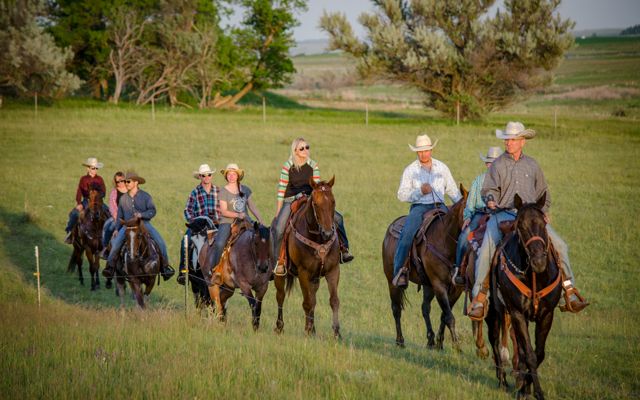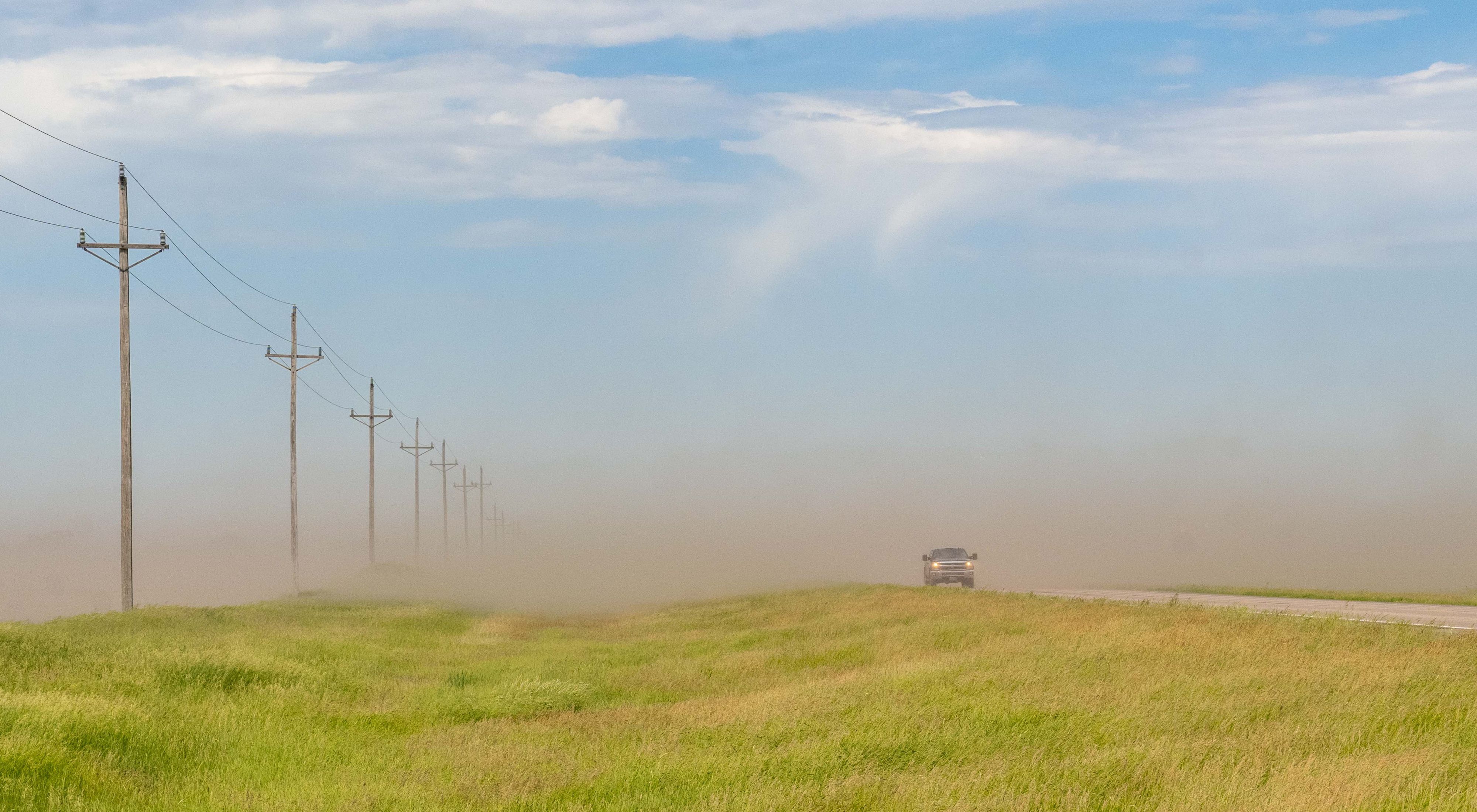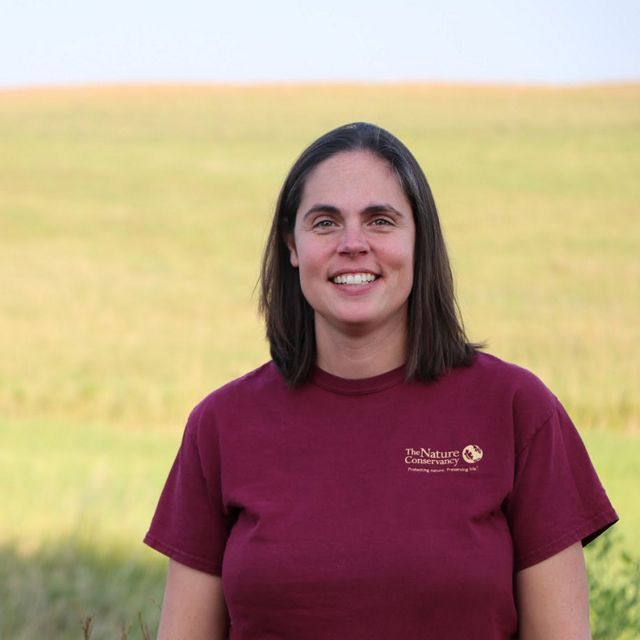New Report Shows Ranchers, Farmers Can Help North Dakota Achieve Carbon Neutrality, Increase Resilience to Extreme Weather
Working Lands, Wetlands Can Cut Carbon Emissions, Help State Withstand Flooding, Drought
Media Contacts
-
Mark Staples
External Affairs Manager
The Nature Conservancy
Phone: 701-866-7111
Email: mark.staples@tnc.org -
Chris Anderson
Marketing Director
The Nature Conservancy
Phone: 612-845-2744
Email: canderson@tnc.org
North Dakota’s ranchers, farmers and other resource managers can help sequester an estimated 31% of the state’s carbon emissions by implementing biological carbon capture solutions on their lands. These solutions will also make their operations more resilient to extreme weather events.
Biological carbon capture solutions, including sustainable grazing, cover cropping, reduced tillage and more, can reduce North Dakota’s state greenhouse gas emissions by about 27 million metric tons per year—nearly a third of the state’s 2018 emissions.
These management practices also improve efficiencies for agricultural producers and can even increase yields. And they can help North Dakota become more resilient to extreme weather events like flooding and drought as they reduce soil erosion and increase water infiltration and water retention.
Quote: Marissa Ahlering
Working lands, grasslands and wetlands can capture and store carbon in plant biomass and in the soil.
That’s the opportunity presented in a new report, Biological Carbon Capture Solutions for Resilient Natural and Working Lands in North Dakota, released today by The Nature Conservancy and available online. The North Dakota Grazing Lands Coalition and the North Dakota Natural Resources Trust provided expert consultation and partnered with The Nature Conservancy to publish this report.
“Investing in biological carbon capture will enable decarbonization through biological means, most commonly through photosynthesis,” said Marissa Ahlering, science director for The Nature Conservancy in North Dakota. “Working lands, grasslands and wetlands can capture and store carbon in plant biomass and in the soil.”
Grasslands—one of North Dakota’s richest and most resilient ecological systems—store carbon in native plants and root systems deep in the soil, preventing it from being released into the atmosphere. The effective management of grazing lands is key to maximizing the potential of North Dakota’s grasslands. The use of sustainable grazing practices can allow grasslands to thrive and store carbon and other nutrients while also enabling ranchers to thrive and support an important industry.
Quote: Jerry Doan

The NDGLC Mentorship Network and Field Representatives stand ready to provide advice built on practical experiences and technical assistance to implement regenerative practices.
“Conversion of grasslands to working cropland will have consequences for soil health, water quality and carbon sequestration. Our organization supports regenerative agriculture management systems,” said Jerry Doan, president of the North Dakota Grazing Lands Coalition and owner of Black Leg Ranch. “The NDGLC Mentorship Network and Field Representatives stand ready to provide advice built on practical experiences and technical assistance to implement regenerative practices. Regenerative management improves grazing lands condition, soil health and the sequestering of carbon.
Biological carbon capture includes the conservation, restoration and improved land management practices that increase carbon storage or avoid greenhouse gas emissions in landscapes and wetlands across the globe. Biological carbon capture takes advantage of biological mechanisms through which earth systems process and store carbon and other harmful gases.
Read the Full Report
About the North Dakota Grazing Lands Coalition
The North Dakota Grazing Lands Coalition (NDGLC) was organized by a grassroots group in 1996 to promote the health and sustainability of North Dakota's 13.5 million acres of grazing lands. NFGLC’s mission is to promote the health and regeneration of North Dakota’s grasslands and its vision is to improve stewardship through regenerative and profitable grazing management. To learn more, visit ndglc.wildapricot.org.
The Nature Conservancy is a global conservation organization dedicated to conserving the lands and waters on which all life depends. Guided by science, we create innovative, on-the-ground solutions to our world’s toughest challenges so that nature and people can thrive together. We are tackling climate change, conserving lands, waters and oceans at an unprecedented scale, providing food and water sustainably and helping make cities more sustainable. The Nature Conservancy is working to make a lasting difference around the world in 77 countries and territories (41 by direct conservation impact and 36 through partners) through a collaborative approach that engages local communities, governments, the private sector, and other partners. To learn more, visit nature.org or follow @nature_press on X.

